1. King Arthur
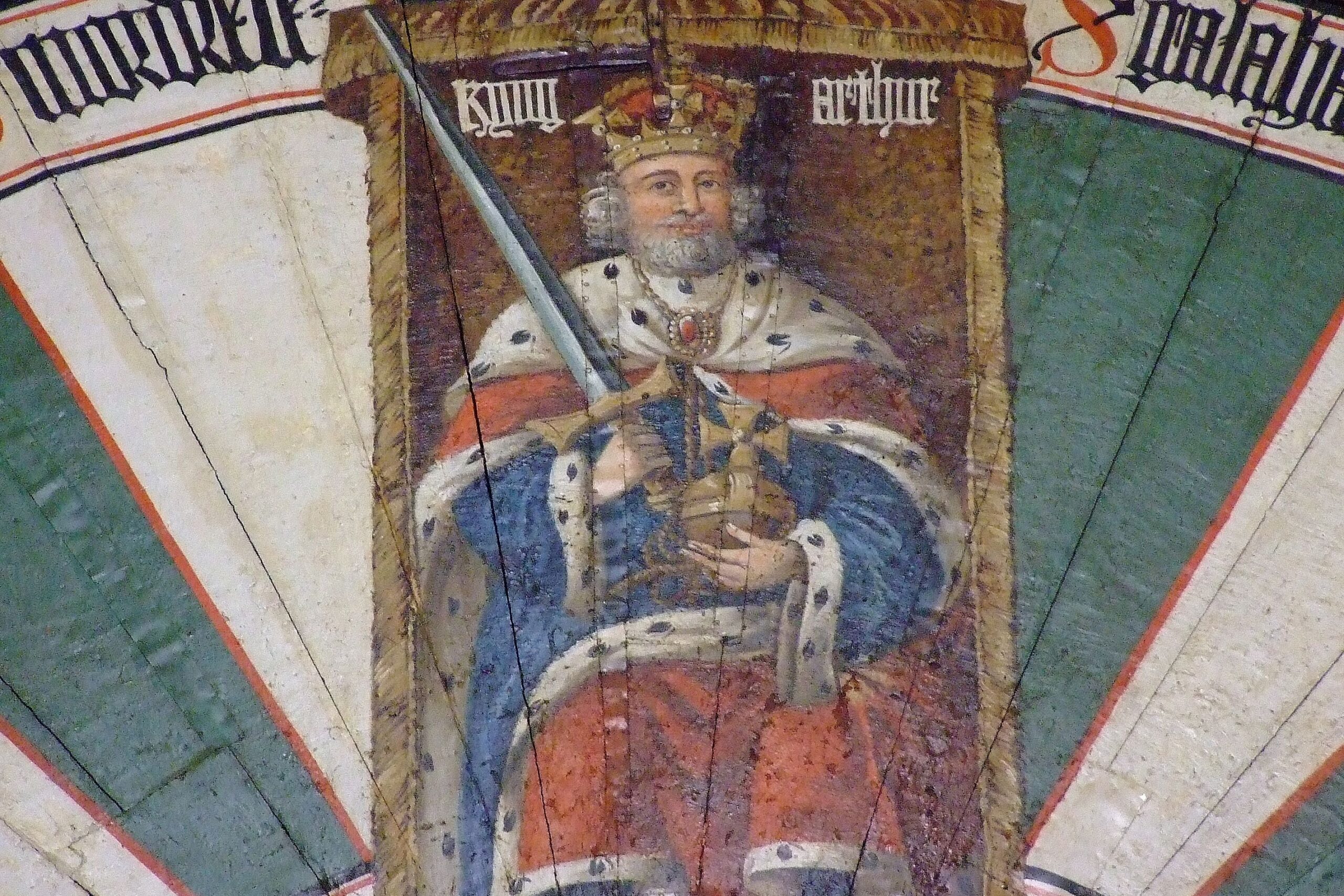
We all love the stories of King Arthur pulling the sword from the stone and leading the Knights of the Round Table, but historians are not so sure he ever existed. Some believe he may have been a combination of several real-life leaders from the 5th or 6th centuries, woven into one heroic figure by storytellers over time shares Smithsonian Magazine.
There’s no hard proof that Arthur ruled anything at all, much less Camelot. Most of what we “know” about him comes from medieval romances written centuries after he supposedly lived. As fun as it is to imagine a noble king uniting Britain, it might just be one big legend. Still, that has not stopped Arthur from inspiring countless books, movies, and TV shows. Whether he was real or not, his story clearly struck a chord that still echoes today adds CNN.
2. Homer
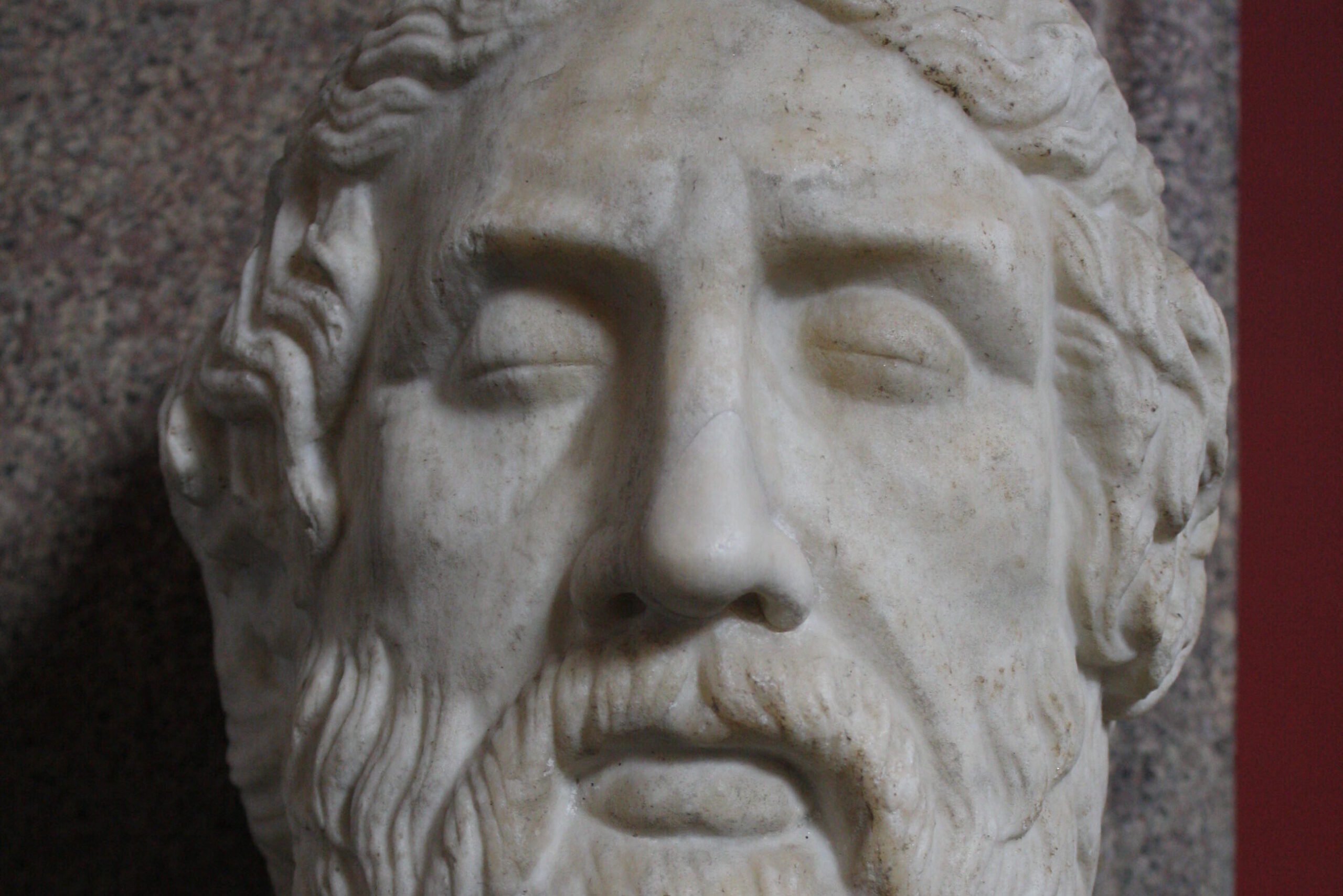
Homer, the famous Greek poet who gave us The Iliad and The Odyssey, might not have been a real person. Some scholars now think “Homer” could have been a group of storytellers whose tales were passed down orally before being written down says Screen Rant.
There’s almost no biographical information about Homer, and even ancient historians were puzzled about who he was. Different cities in Greece claimed him as their own, but none could prove it. It makes you wonder how one mysterious figure became so central to Western literature. Maybe the real genius was how these epic stories evolved through generations. Whether or not he existed, we owe him—or them—a huge thanks for these timeless adventures shares the Washington Post.
3. Pythagoras
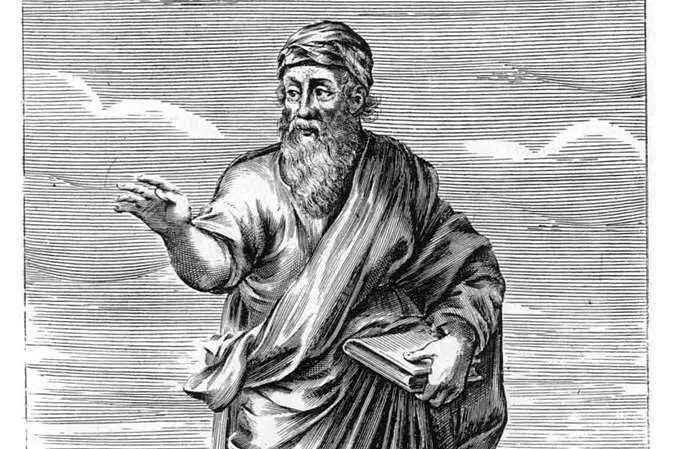
If you ever struggled through a math class, you probably remember Pythagoras and his famous theorem. But when you look into it, historians are not even sure Pythagoras himself was real—or at least, not in the way he’s often portrayed.
Some believe he was more of a mythological figure created by his followers to promote their philosophical ideals. The ideas associated with him, like the concept that numbers rule the universe, might have been developed by a whole community. Plus, none of his own writings survive, and accounts of his life are full of magical stories. Whether or not he walked the Earth, the impact of his supposed teachings is undeniable. Math homework just would not be the same without him.
4. Confucius

It’s hard to imagine a world where Confucius, the famous Chinese philosopher, might not have existed, but some scholars say it’s possible. The main issue is that much of what we know about him was written down long after he died, which leaves a lot of room for embellishment.
Some historians think Confucius might be a symbolic figure representing a collection of traditional teachings rather than a single man. It’s a little wild to picture centuries of wisdom being attached to someone who maybe never lived. Still, his ideas about respect, duty, and morality have shaped entire cultures. Real or not, Confucius’ legacy is massive. And really, the lessons matter more than the man behind them.
5. Robin Hood
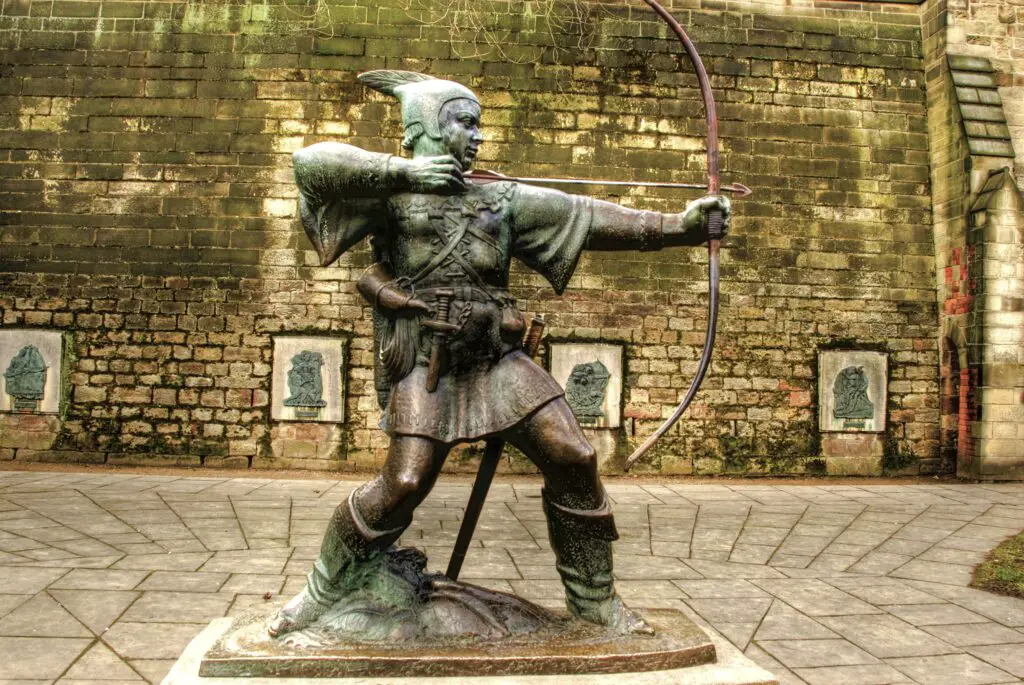
We all grew up with stories of Robin Hood robbing from the rich and giving to the poor, but it turns out he might just be a work of fiction. There are no solid historical records proving that Robin Hood was a real person.
Some historians think the legend could be based on several different outlaws who lived during medieval times. Over the years, their stories might have been stitched together to create the ultimate folk hero. The earliest mentions of Robin Hood in ballads are vague and don’t give us much to go on. Whether he was real or just a good story, his spirit of rebellion has lasted for centuries. Honestly, the world could always use a Robin Hood or two.
6. Mulan
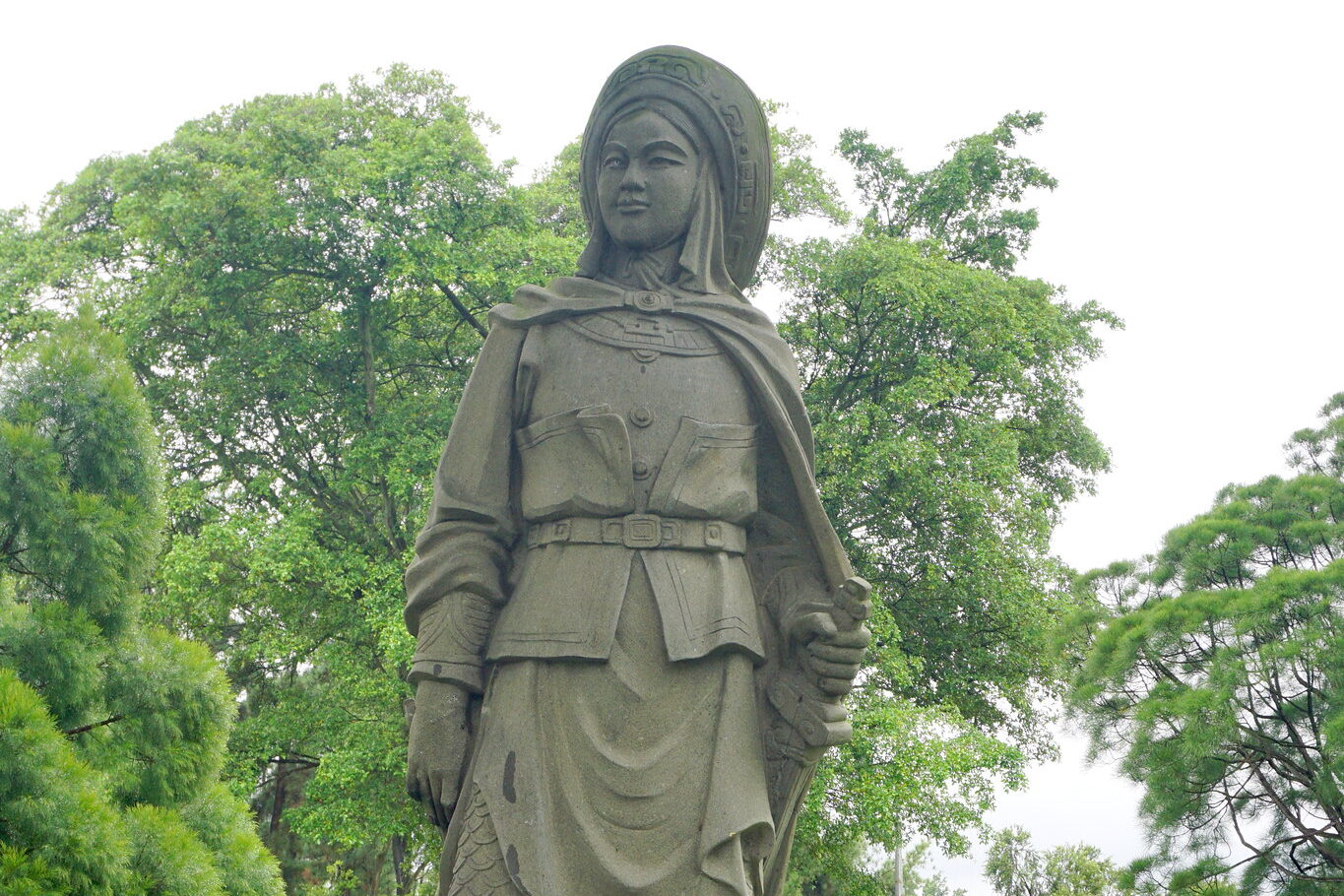
Thanks to Disney, most of us know the tale of Mulan, the brave woman who took her father’s place in the army. But if you dig into the history, there’s a good chance she never actually existed.
The first mention of Mulan comes from a ballad written several centuries after the period she supposedly lived in. Some scholars think she was more of a folk hero created to embody ideals of loyalty and bravery. Others suggest that her story could have been inspired by multiple women or even just wishful thinking. Either way, she became a powerful symbol for gender equality and patriotism. Real or not, Mulan’s story has inspired generations to be courageous.
7. John Henry
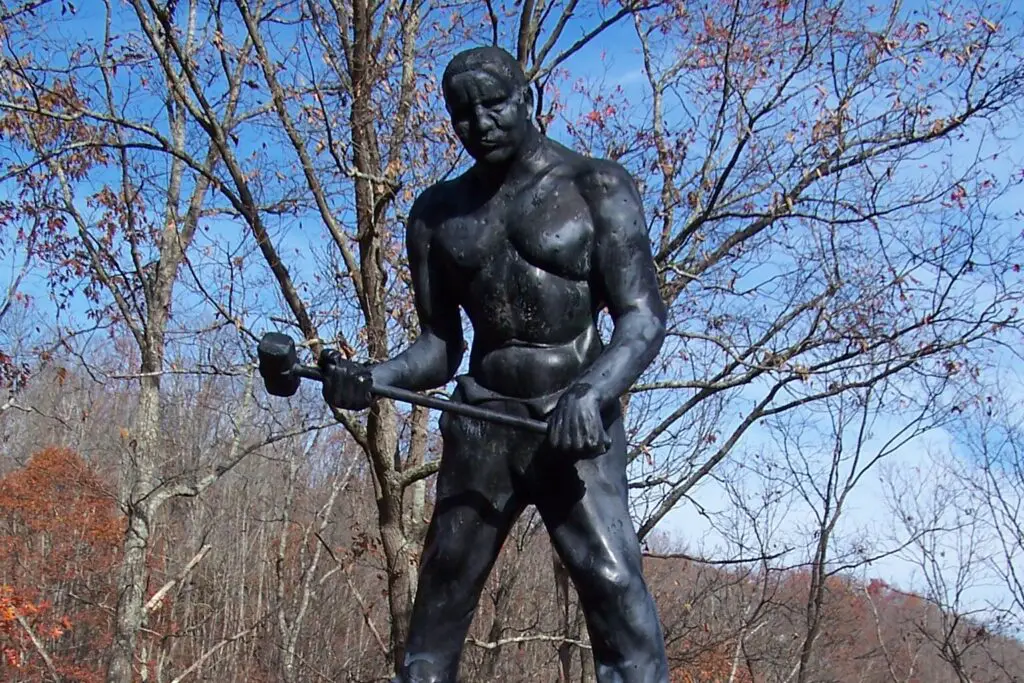
John Henry, the “steel-driving man” who supposedly raced against a steam drill, is one of America’s most enduring folk heroes. But historians are pretty split on whether he was a real person or just a larger-than-life symbol of the working man’s struggle.
Some research suggests he might have been based on a real railroad worker, but the details are murky at best. The legend has been passed down through so many songs and stories that fact and fiction have hopelessly tangled together. Regardless of the truth, John Henry represents grit, determination, and human spirit in the face of progress. His story reminds us of the value of hard work, even if the man himself is a myth. Sometimes the spirit of the story matters more than the facts.
8. William Tell
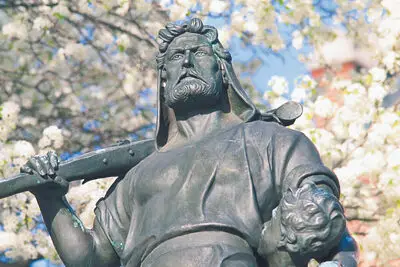
You probably know William Tell as the guy who shot an apple off his son’s head with a crossbow. But historians have cast serious doubt on whether he ever existed.
The earliest written account of Tell appeared centuries after he supposedly lived, and it reads more like a folk tale than a history lesson. Some scholars think his story was created to boost Swiss nationalism during turbulent times. If that’s true, it would not be the first time a fictional hero was invented for political purposes. Still, Tell’s bravery and sharp-shooting skills have become legendary. Whether he lived or not, his story continues to inspire tales of courage. And really, who does not love a good underdog story?
9. Lycurgus of Sparta
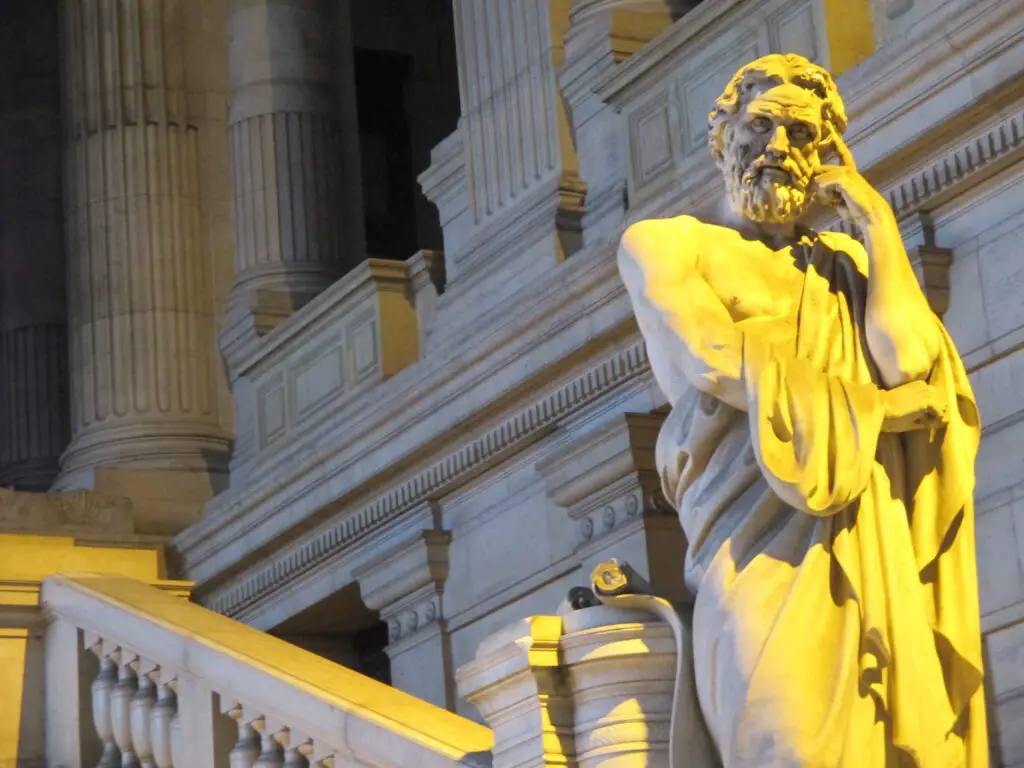
Lycurgus is often credited with founding the tough-as-nails Spartan society, but many historians think he might be more legend than fact. Most of the information about him comes from sources written centuries after he supposedly lived.
There’s also a lot of confusion about the timeline of his life—some even claim he was a god-like figure rather than a mortal. It’s possible that the laws and customs attributed to Lycurgus actually developed over a long period, rather than being the work of one person. Whether or not he was real, his name became shorthand for discipline and order. The idea of Lycurgus helped Sparta build its fearsome reputation. Sometimes it’s the idea of a person that changes history, not their actual deeds.
10. Prester John
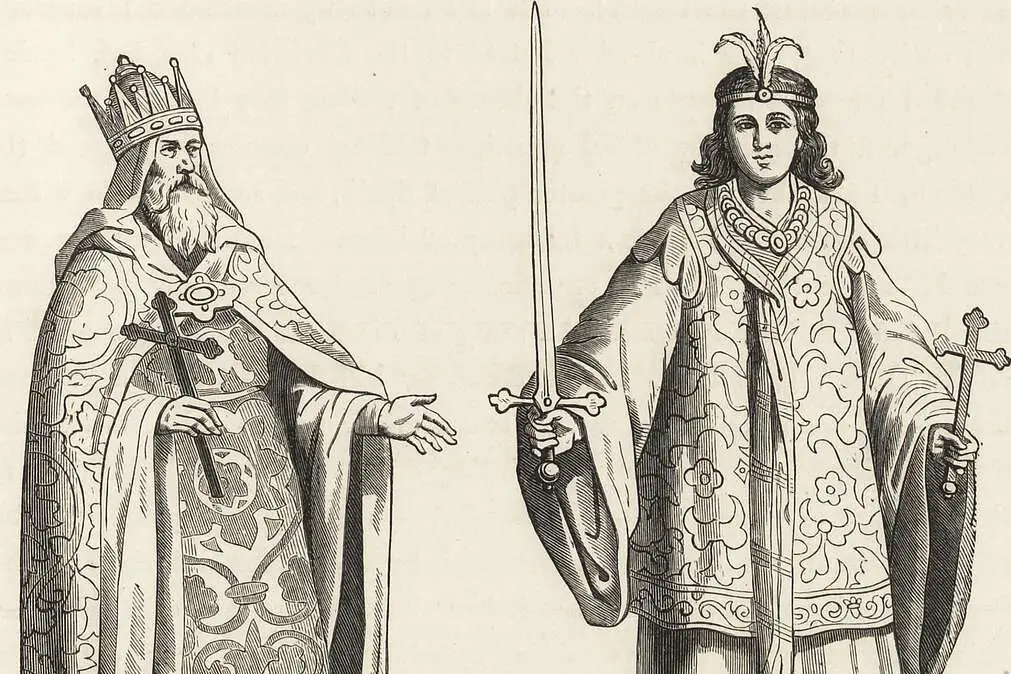
Prester John was said to be a Christian king ruling over a mysterious and wealthy kingdom somewhere in the East during medieval times. Europeans spent centuries searching for him, convinced he was real.
The problem is, there’s no evidence that Prester John ever existed. Most historians now believe he was a complete fabrication, maybe a hopeful myth during a time of religious wars and exploration. Letters supposedly written by him circulated widely, but they were full of fantastical details about unicorns and rivers of gold. Still, the legend inspired real-life voyages and fueled imaginations for generations. It’s kind of amazing how one little rumor can shape history.
11. Gilgamesh
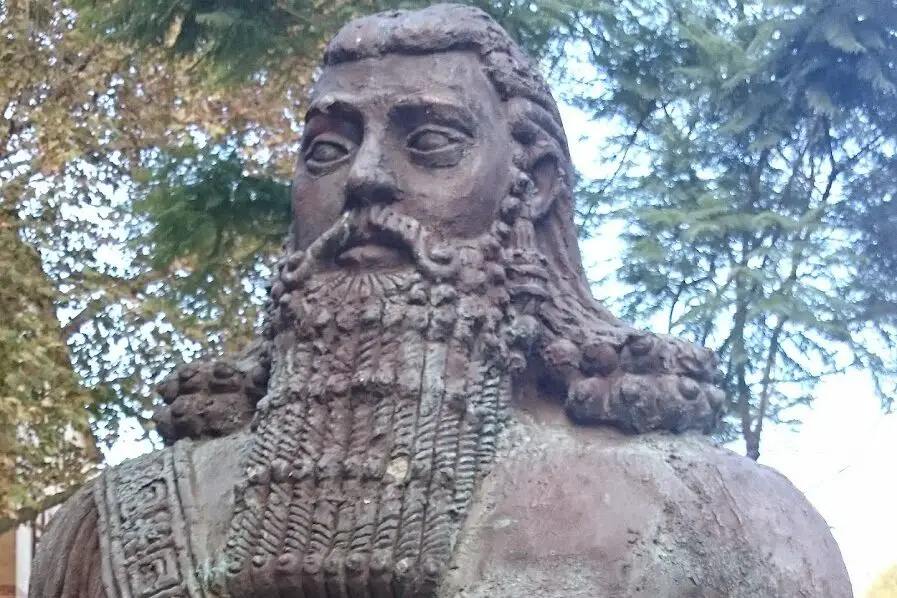
Gilgamesh, the hero of one of the world’s oldest known literary works, The Epic of Gilgamesh, is another figure whose reality is up for debate. Some scholars think he may have been a real king who ruled the city of Uruk in ancient Mesopotamia.
The problem is that the stories about him are packed with supernatural adventures, from battling monsters to seeking immortality. It’s hard to separate the man (if there was one) from the myth. Archaeological evidence offers hints but no concrete proof. Whether he was a real ruler or a complete invention, Gilgamesh’s story touches on timeless human themes. His search for meaning and legacy still resonates thousands of years later.
12. Romulus
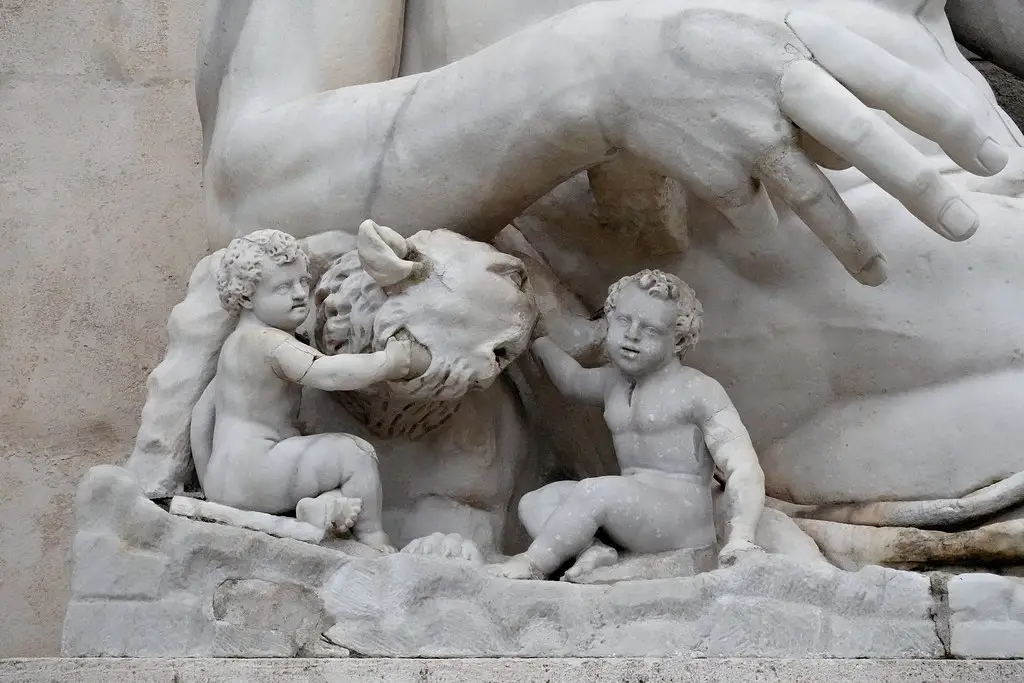
According to Roman legend, Romulus founded the city of Rome after a dramatic life that included being raised by a she-wolf. It’s a gripping story, but historians now see it more as myth than fact.
There’s no real archaeological evidence to support the details of Romulus’ life, and much of the early history of Rome is wrapped in legend. Some scholars think his story was created to give Rome a noble, heroic origin. Over time, this myth helped unify people under a shared cultural identity. It’s a powerful example of how stories can shape nations. Whether Romulus ever existed or not, his legend definitely left a lasting mark.
13. Ragnar Lothbrok
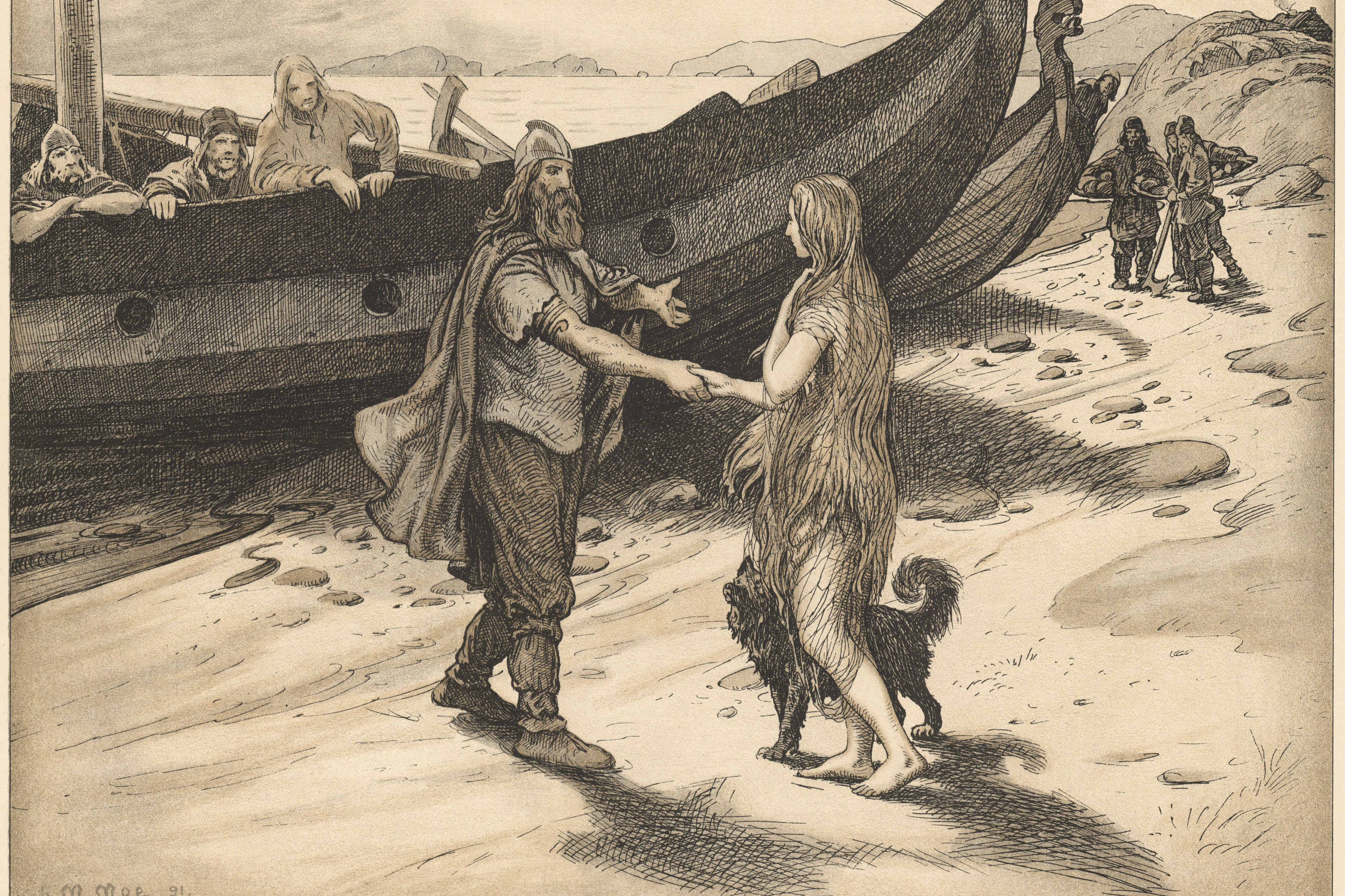
Fans of TV shows like Vikings know Ragnar Lothbrok as a fierce Norse hero and king. But historians now believe Ragnar was probably a fictional or heavily exaggerated figure.
His tales involve slaying dragons, marrying multiple queens, and leading daring raids—all classic signs of myth-making. It’s likely that Ragnar’s story is a mash-up of several real Viking leaders’ exploits. Still, the legend has captivated people for centuries and helped paint a vivid picture of the Viking Age. Even if Ragnar never lived, he represents the fearless spirit we associate with Norse warriors. It’s a case where the legend might just be bigger than any real man could have been.
14. Sybil Ludington

Sybil Ludington is often celebrated as the teenage girl who rode to warn American troops of a British attack during the Revolutionary War. But the evidence for her legendary ride is frustratingly thin.
Her story didn’t appear in print until decades after the war, and even then, details are sketchy. Some historians suspect it was later embellished or even invented to create a female counterpart to Paul Revere. Whether or not she made the famous ride, Sybil’s story is inspiring. It highlights the often-overlooked contributions of women during the Revolution. And it reminds us that history is sometimes as much about the stories we choose to tell as the facts themselves.
15. Ned Ludd
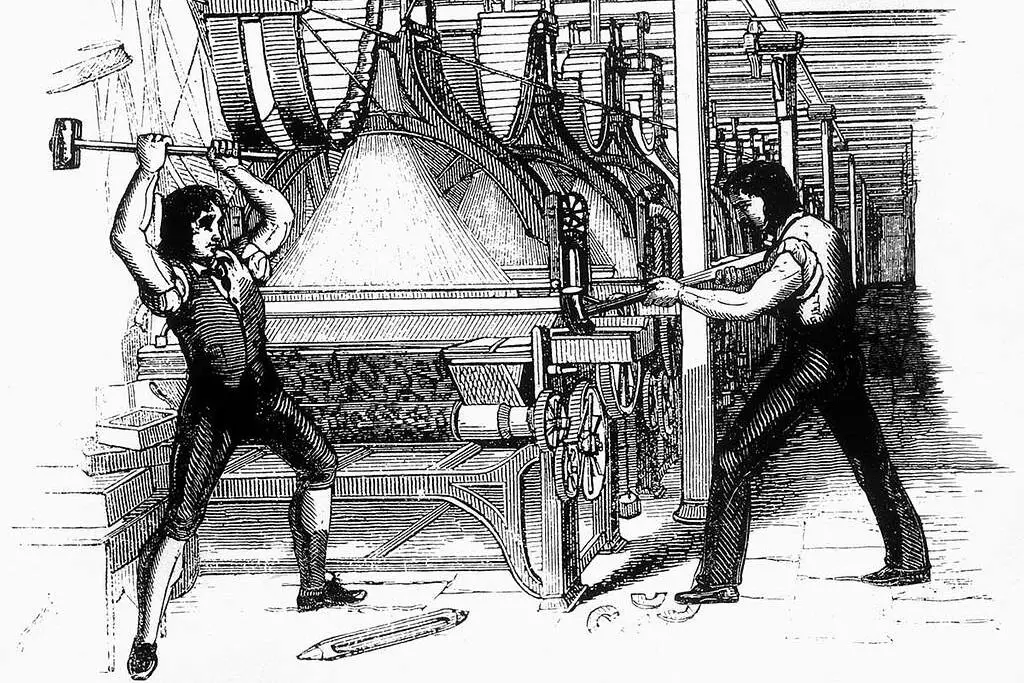
The word “Luddite” comes from Ned Ludd, who supposedly smashed weaving machines in a fit of rage and inspired a movement against industrialization. But historians now doubt that Ned Ludd was a real person at all.
The first mentions of him appear in pamphlets and proclamations, not in any verifiable historical records. Many believe he was a fictional figurehead created to rally workers during the early 19th century. Still, the name “Luddite” stuck and became shorthand for resistance to new technology. It’s interesting how a completely mythical figure could come to symbolize such a powerful social movement. Sometimes, the idea of a hero is just as important as having a real one.
